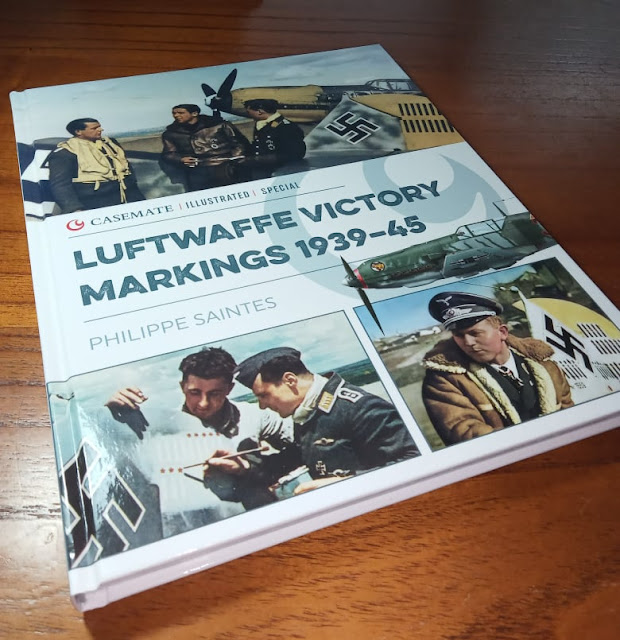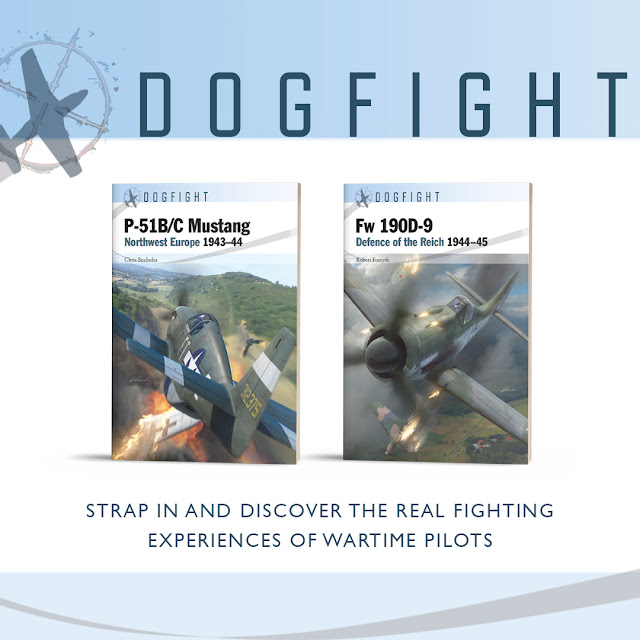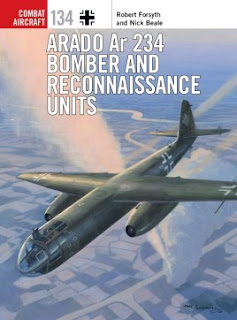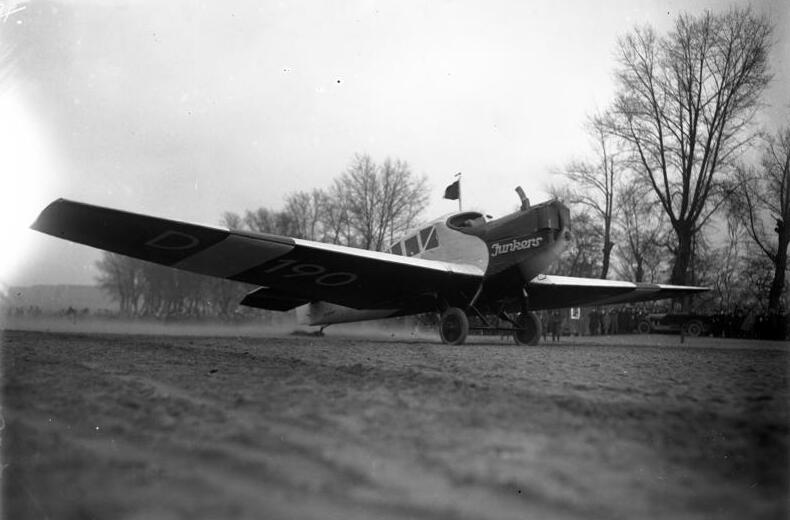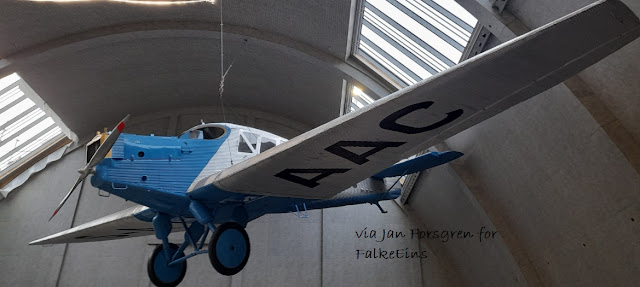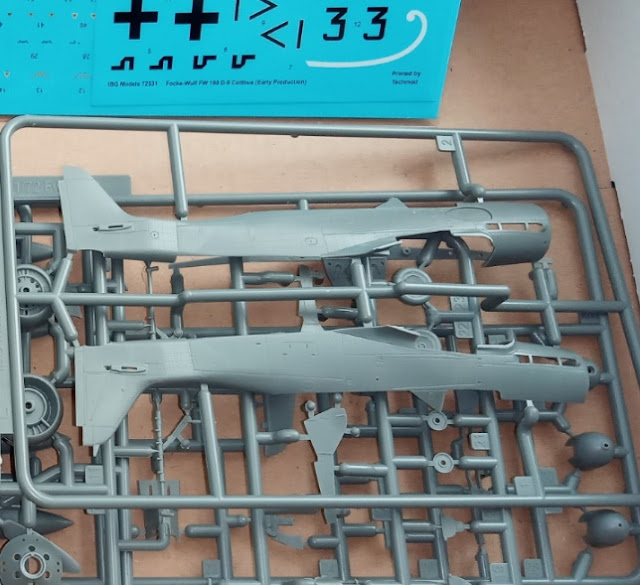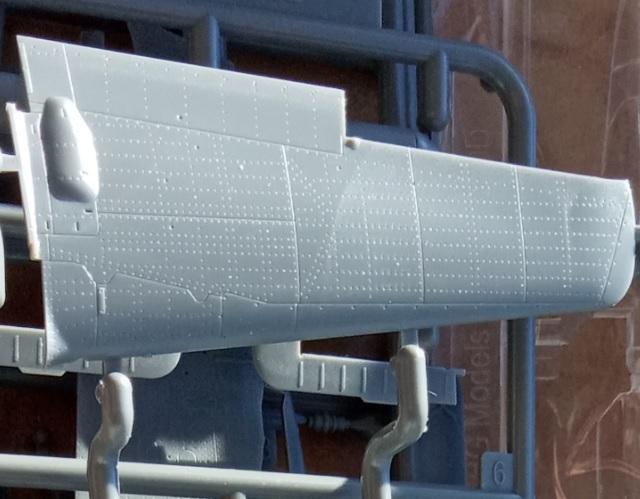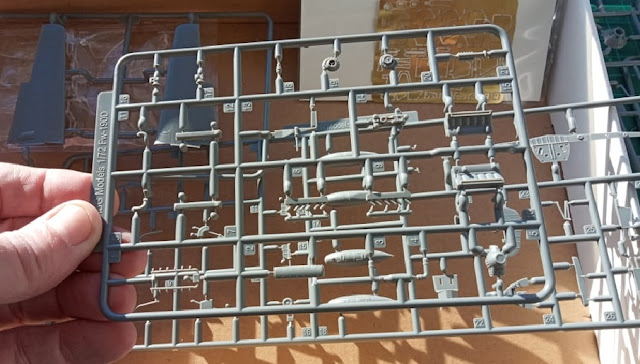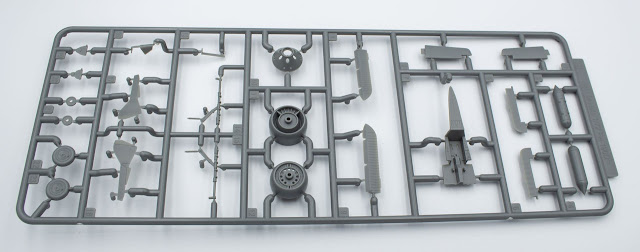1944 saw huge losses among the Luftwaffe's aces especially in the fighting with the Allied air forces covering the Normandy
landings. Wurmheller had been appointed Kommandeur III./ JG 2 following the loss of his friend Huppertz (70 victories - KIA on June 8, 1944). Six days later, a war
correspondent reported on Wurmheller's difficult fighting…
"It's around 5:00 in the morning. The fighter pilots are getting ready for a new mission against the beachhead off the Orne estuary, when the door of
the Geschwader command post opens. A slender fighter pilot limping and leaning
on a cane enters the room. Hptm. Wurmheller has returned from a sortie and straight away reports his 97th air victory, a victory returned in almost dramatic circumstances.
[...]
What the 27-year old from the town of Schliersee in Upper Bavaria - Staffelkapitän and holder of the Oak Leaves - has just been through and overcome, well, that's what you would expect from 'Sepp' Wurmheller! This son of a miner, an apprentice since he was
seventeen years old before he devoted himself body and soul to gliding, now
ranks first among fighter pilots in terms of the number of victories over the
Anglo-Americans, opponents far superior to the Russians in terms of flying quality,
among others. Thus the term "Kanaljäger" (Channel Fighter) combines
his skills in piloting, courage and bravery. [...]
Engaged at the head of his squadron at 5:00 am
against the beachhead in the Orne estuary, Wurmheller had been able to place
two direct hits on landing craft. His fellow squadron member, Lt R.,
had destroyed an enemy tank. They had returned to the base before taking off
again as quickly as possible to attack landing ships.
On the third mission of the day, as Wurmheller
was on his return flight, he came across an Anglo-American flight formation
composed of Thunderbolts and Mustangs. An unequal balance of power left little
chance for our men, but true to his motto "Rangehen und sauber
draufhalten", Wurmheller flew towards the enemies and shot down
a Mustang.
However, his Focke-Wulf was also hit: shrapnel
from explosive shells tearing through the canopy and injuring the pilot in the chin.
There was no other way out but to evacuate the aircraft - at barely100m altitude! It was almost a miracle that the silk had time to
unfold. The impact with the ground was very hard because of this and
the pilot suffered a badly sprained foot.
French civilians who witnessed the combat ran to help him and gave him the best possible care, which clearly indicates
a complete change in the attitude of a large fringe of the French population
towards the Anglo-Americans: these presumed liberators, with their merciless
bombardments and the brutal terror they inflict have destroyed a multitude of homes
and meted out new painful sacrifices. They want to make France a new
battlefield.
With their region transformed
into rubble and ruins by Allied bombers, the locals had welcomed the first Anglo-American
prisoners with threatening fists and hostile cries. They approached our
compatriot with the words "Comrade - Sick" and treated him as if he
were one of their own, using in particular a pair of tweezers to remove the
shards.
Wurmheller was driven to a Flak position where
he was immediately provided with a car that took him back to his airfield.
His slight wounds will not keep him down for
long and he will soon be able to abandon his crutch and resume fighting......"
Wurmheller was KIA on June 22, 1944. His scoreboard showed some 102 claims. He left a widow and a baby daughter Helga.
















